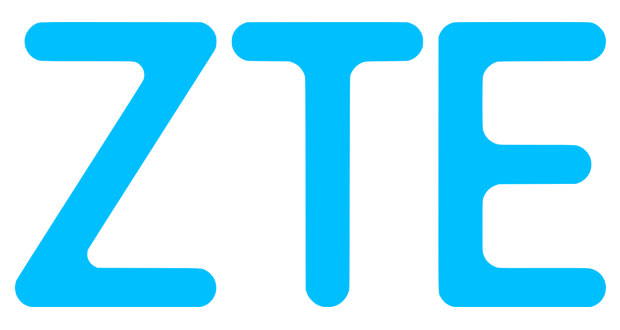ZTE TITAN: An integrated platform for both optical and 5G networks
ZTE presented the TITAN platform that aims to offer a single solution to manage both fiber-optic and 5G networks, simplifying the implementation of both and ensuring greater agility.
The development of next-generation networks also necessarily involves the development of access solutions to fixed networks. The two types are, in reality, ever closer to each other with a view to convergence. ZTE launched the ZTE TITAN platform at the FTTH Conference 2019: this is the first platform created for convergence and with capacities up to 50 Gbps.
ZTE TITAN was created to combine fixed access networks (ie fiber optic networks) and mobile access networks: the platform consists of different parts that allow integrating both types of network with a single solution, thus simplifying the access to the networks and their development. Operators will be able to use the same platform to manage both optical and wireless networks: ZTE TITAN is a platform for operators, who can use it to manage both types of networks.
In line with the developments of network infrastructures, ZTE TITAN makes it possible to use virtualization to integrate access, transport, routing and IT infrastructures, thus simplifying the overall infrastructure and ensuring lower operating costs and greater agility.
Compatibility with both the current 10 Gbps standard and the 50 Gbps future makes it possible to use ZTE TITAN for the supply of 5G services: new-generation networks require more bandwidth due to the higher number of connected devices and new applications that new-generation networks make possible.
ZTE TITAN: for the development of 5G and optical fiber together
The goal of ZTE TITAN is to simplify the development and implementation of next-generation networks, making it possible to move to them more quickly than those required by previous generations.
The era 5G represents a revolution for several reasons: there is the change in the possible applications, ranging from city monitoring (for example pollution levels) to the distribution of contactless payment services on public transport (as in the case of ATMs in Milan), up to the most diverse IoT applications in the corporate and industrial field; there is a change in the operators paradigms, which will no longer be limited to traditional infrastructure models and will be able to respond better and faster to customer needs.
In this sense, network virtualization will make it possible to create faster networks, but above all more stable and able to support a greater number of devices without congestion, as well as to provide customized solutions in a simpler and cheaper way than in the past. Integrated platforms like ZTE TITAN will be responsible for making this possible.

